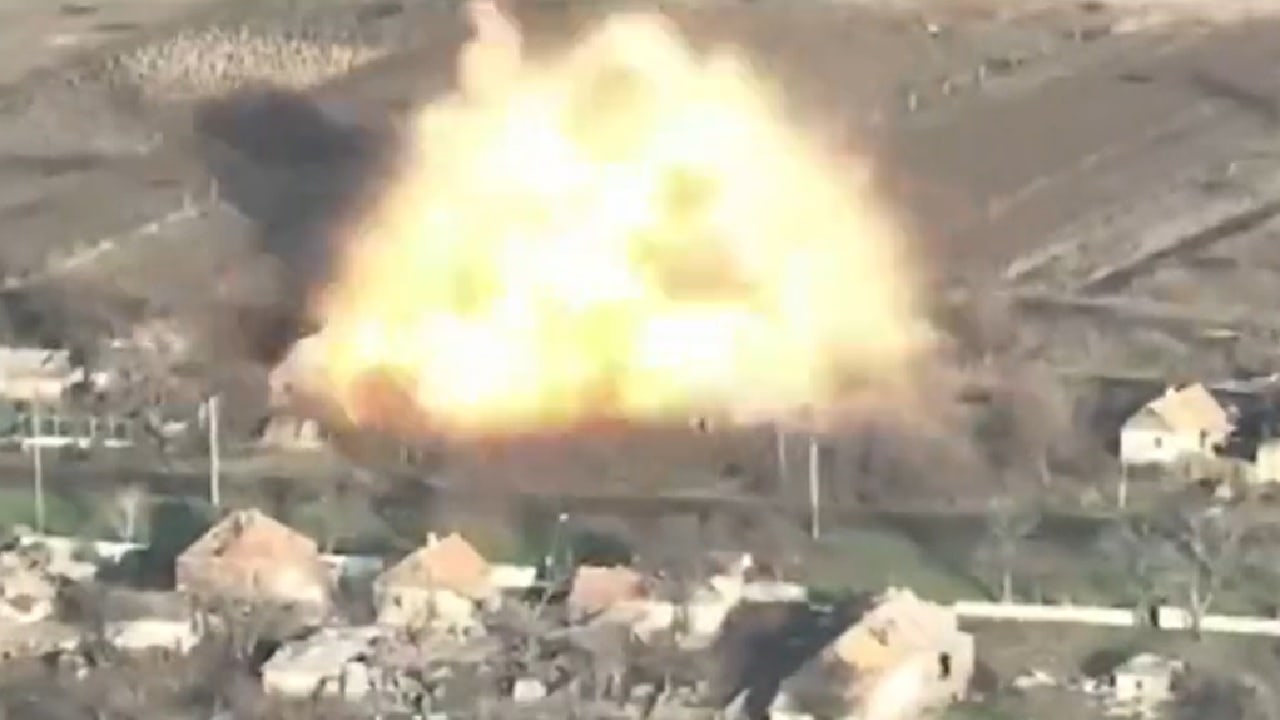The bloody battle for the eastern Ukrainian city of Bakhmut might have reached its peak in violence over the weekend. Russia’s paramilitary Wagner Group claims to have captured two more areas of Bakhmut in “bloody battles unprecedented in recent decades,” according to Ukraine’s military.
“Our soldiers are doing everything to grind down the enemy’s fighting capacity in bloody and brutal battles,” Ukraine’s military spokesman, Serhiy Cherevatiy, claimed on television. A Russian S-300 missile attack on Friday also targeted a residential building in a city west of Bakhmut, killing at least eight civilians.
The six-month battle for Bakhmut remains the longest and bloodiest episode so far of Russia’s invasion of Ukraine. While Moscow has achieved some progress in this critical city, Ukraine’s fortitude in holding Bakhmut is indicative of the country’s robust defense strategy.
Why Bakhmut Matters
Located in Ukraine’s Donetsk, Bakhmut is part of the primarily Russian-speaking, industrialized Donbas region that the Kremlin hopes to annex. Prior to the outbreak of war, Bakhmut was a crucial center for gypsum and salt mining. Additionally, the city was recognized for its sparkling wine produced in underground caves, according to the Associated Press. Roughly 70,000 civilians populated the eastern Ukrainian city pre-war, but the battle has decimated the once quaint and charming city. Although the fighting suggests that Bakhmut is a critical strategic area for both Ukraine and Moscow, the symbolic undertones of the battle far outweigh its military importance.
For more than half a year, Ukrainians have been able to cheer “Bakhmut holds!” amid the wrath of Russian forces. In fact, the eastern city has become the emblem of resistance for Ukrainian troops. Ukrainian President Volodymyr Zelenskyy called Bakhmut “the fortress of our morale” in a visit to Washington last year, adding that “the fight for Bakhmut will change the trajectory of our war for independence and for freedom.”
For Moscow, finally overpowering Ukraine’s defense in Bakhmut would help fuel the Kremlin’s domestic propaganda machine. Additionally, since Bakhmut does serve as a regional transport and logistics center, seizing the city could be useful for Russian troops. However, since Bakhmut has been largely decimated over the last six months of warfare, there would not be much standing infrastructure for Russian troops to actually use.
Have Russian Troops Suffered Most?
Last month, media reports indicated that Russian Forces and their Wagner Group counterparts were suffering heavy blows in Bakhmut. A senior British source said that “since May last year, between 20,000 and 30,000 Wagner and regular Russian forces have been killed and wounded in the area around Bakhmut alone; a huge loss of human life for a total territorial advance of approximately just 25 kilometers [15.5 miles].”
More recently, last week Russian troops appeared to have made some progress in Bakhmut. The Russian Defense Ministry claimed Wagner mercenaries had seized two areas in the northern and southern outskirts of the city and were supported by army paratrooper units. A Ukrainian spokesman said that Wagner troops were attacking the country’s positions dozens of times a day, adding that “the enemy continued to attack our positions with satanic zeal,” according to Reuters.
While casualty numbers derived from Russian or Ukrainian outlets are not reliable, it is estimated that tens of thousands of soldiers have perished in Bakhmut to date. BBC reported that some NATO members believe roughly five Russian or Wagner soldiers are dying for each Ukrainian in Bakhmut alone. Ukrainian officials propose these figures are even higher.
Will Western Tanks Help?
Ukraine is hoping that its incoming shipment of advanced Western main battle tanks will aid its defense efforts in Bakhmut. In late March, the first armored vehicles from Germany and Britain arrived in Ukraine, including the Challenger 2 MBT. The Pentagon is expediting its timeline to deliver M1 Abrams MBTs to Ukraine, recently opting to send over an older model than originally anticipated since it could reach Eastern Europe much quicker. The influx of more sophisticated tanks will enable Ukrainian forces to conduct combined arms maneuvers if supported by infantry and artillery. As spring turns into summer, fighting in Bakhmut will likely only escalate.
Maya Carlin, a Senior Editor for 19FortyFive, is an analyst with the Center for Security Policy and a former Anna Sobol Levy Fellow at IDC Herzliya in Israel. She has by-lines in many publications, including The National Interest, Jerusalem Post, and Times of Israel. You can follow her on Twitter: @MayaCarlin.

